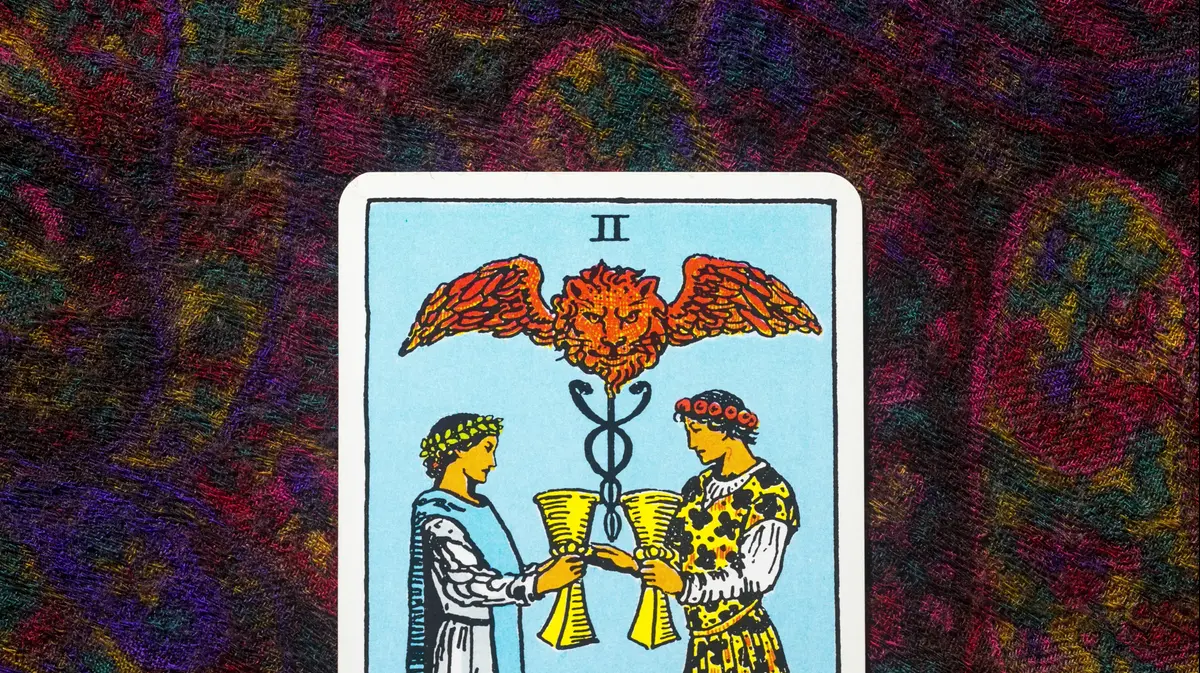Of all the animals that inhabit the vast prairies of North America, there is one that has been attracting the attention of scientists for years: the prairie vole (
Microtus ochrogaster
).
At first glance they look like nothing more than pompoms with quivering, beady eyes, which they often end up feeding to weasels, hawks and snakes, but their behavior is extraordinary.
It is one of the few socially monogamous mammals, which together do not represent more than 3% of mammals (although that does not necessarily mean that they are sexually monogamous).
Scientists have seen in the complex social behavior of voles an ideal model to understand some of humanity's most tender and mysterious impulses: why we fall in love, why we care about our partners, take care of our children, and even, why we mourn our dead
In the last 40 years, scientists have learned that prairie voles are extremely monogamous, to the point that if one member dies, the survivor does not seek a new mate.
They raise their cubs together, something almost unheard of among mammals, and are sensitive to the emotional state of their mates, grooming them to comfort them when in pain.
Neither empathy nor love are exclusively human feelings, and, from a scientific point of view, all these feelings can be reduced to neurochemical processes that many species share, which has led voles to become a suitable model to study experimentally. how these social behaviors evolve.
Research carried out with voles in recent decades has shown the importance of two hormones in the formation of emotional bonds: oxytocin and vasopressin.
In recent years, the hormone oxytocin, which also acts as a neurotransmitter, has gained prominence over vasopressin.
It has been shown that by administering drugs that block the union between oxytocin and its receptors, the behavior of voles changes: affective bonds are weakened and monogamy is suppressed.
Prairie voles begin to behave like their promiscuous relatives, the mountain voles (
Microtus montanus
).
Large differences have even been observed between monogamous vole species (
Microtus ochrogaster
and
Microtus pinetorum
) and polygamous (
Microtus montanus
and
Microtus pennsylvanicus
), both in the distribution of oxytocin receptors in the different areas of the brain, and in their expression, suggesting that the hormone could be an important mechanism in explaining the evolution of oxytocin receptors. emotional bonds.
In humans, oxytocin is also associated with sexual behavior and male and female orgasms, as well as being important in distending the cervix and vaginal canal during childbirth, as well as facilitating lactation, something also observed in humans. voles, which in the absence of oxytocin are unable to dispense milk to their young.
These similarities and the knowledge gained with prairie voles in recent years have led to the popular hyperbole of oxytocin as the love hormone.
It has come to be thought that, without it, emotional ties were not possible, to the point of generating a whole trade in oxytocin sprays and perfumes that promise to increase the sexual attractiveness and fidelity of the couple, although there is no scientific evidence of this. its operation.
Devanand Maloni from the University of California, has spent years studying the neurobiology of attachment or affective bonds, both in vinegar flies, voles and people.
In his eagerness to understand its mechanisms, a few years ago he began an experiment that was to demonstrate, once again, the important role of oxytocin in the "love life" of prairie voles.
To do this, he and his team used CRISPR gene editing techniques to alter the gene that codes for the oxytocin receptor.
The new genes were designed not to react to oxytocin, thus turning off its function.
Devastating consequences were expected to be observed in the modified individuals, but the reality was different.
Unlike experiments done with drugs that block receptors,
the genetically modified individuals were able to form monogamous pairs and care for their young, just like the control groups with unmodified voles.
The only difference between them was the amount of milk released, somewhat less in the modified individuals, which also made their offspring less likely to survive to weaning age.
The results surprised the scientists involved in the experiment, since, against all odds, deactivating oxytocin receptors had not affected either couple bonds or social behaviors.
which also made their young less likely to survive to weaning age.
The results surprised the scientists involved in the experiment, since, against all odds, deactivating oxytocin receptors had not affected either couple bonds or social behaviors.
which also made their young less likely to survive to weaning age.
The results surprised the scientists involved in the experiment, since, against all odds, deactivating oxytocin receptors had not affected either couple bonds or social behaviors.
Having overcome the initial surprise, the authors consider that it is not strange that something as important at an evolutionary level for a species as finding a partner, bonding with it and taking care of their young, does not depend on a single hormone.
It is not known what alternative circuits or mechanisms to that of oxytocin have allowed voles to develop affective bonds, but the new work illustrates that attachment is governed by a more complex system than previously thought.
This could explain the failure of clinical trials conducted with oxytocin in people with social anxiety disorders, schizophrenia, and other conditions.
There was great hope for oxytocin, but the results of these trials did not show significant improvements.
The new study goes to show that oxytocin, deep down,
The next step is to find out what chemical processes are compensating for the absence of oxytocin receptors in the brain, or even if oxytocin might bind to other receptors, and to figure out why results differ when oxytocin-blocking drugs are used in voles. adults to when animals are born without the option of experiencing oxytocin activity in the brain.
It is speculated that, in genetically modified animals, parallel mechanisms may have been activated to compensate for the absence of the effects of oxytocin, while, under normal conditions, affective bonds would be controlled by a brain circuit that ends up becoming dependent on oxytocin. when exposed to its effects during development.
Do these results alter all the previously acquired knowledge about the neurobiology of affective bonds?
Not really.
Although in light of the new work part of the myth of the love hormone falls apart, the manipulations carried out with pharmacological products prove that oxytocin plays an essential role, at least in voles, but now we know that even in these animals, that there are alternative solutions, that the evolution of something so essential for a species does not depend on a single hormone.
We are learning that the mechanisms are much more plastic and complex than we thought, and that emotional bonds may exist beyond oxytocin.
Alex Richter-Boix
is a doctor in biology and science communicator specializing in evolutionary ecology.
You can follow
MATERIA
on
,
and
, or sign up here to receive
our weekly newsletter
.














